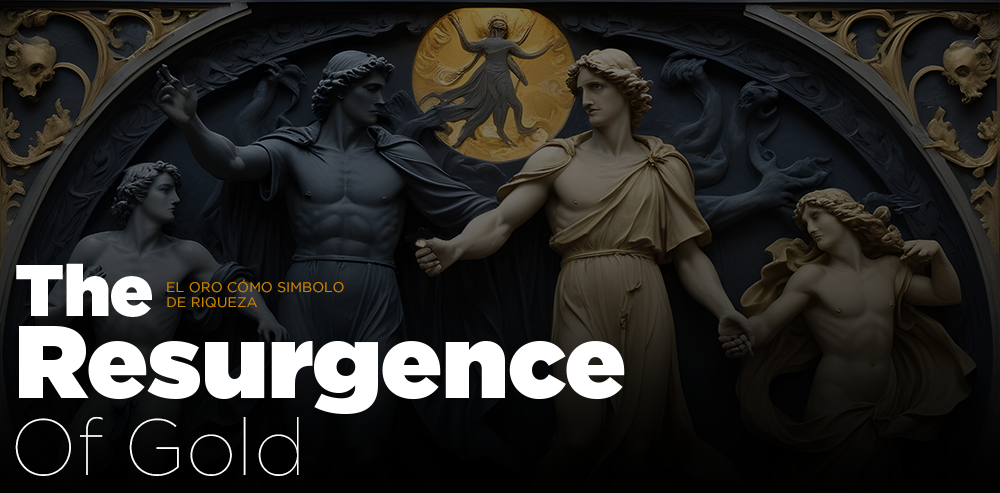Gold has been a symbol of wealth and a safe haven for investors for centuries. In recent years, we have witnessed a remarkable rise in its value, sparking the interest of economists, investors, and the general public. This article will explore the reasons behind this rise, highlighting the key factors driving the rise in the price of gold.
1. Economic and Geopolitical Uncertainty
Gold is known as a “safe haven” during times of uncertainty. Geopolitical tensions, such as international conflicts and political instability in various regions, tend to increase the demand for gold. Furthermore, economic crises, such as the 2008 global recession and the recent turmoil caused by the COVID-19 pandemic, have led investors to seek safer assets. When confidence in financial markets and fiat currencies declines, gold becomes an attractive option.
2. Inflation and Interest Rates
The relationship between inflation and the price of gold is a crucial factor. During periods of high inflation, the purchasing power of currencies declines, leading investors to turn to gold as a store of value. In addition, low interest rates reduce the opportunity cost of holding gold, as investors do not lose significant income by not investing in interest-bearing assets. In recent years, expansionary monetary policies by central banks have kept interest rates at historically low levels, favoring investment in gold.
3. Industrial and Jewelry Demand
Gold is not only valuable as an investment, but is also in strong demand in industry and jewelry. In countries such as India and China, gold is an essential component of cultural and wedding traditions, driving steady demand. In addition, the electronics and technology industry uses gold for its conductive properties and resistance to corrosion. This industrial demand adds an additional layer of support to the price of gold.
4. Monetary Policies and Reserves of Central Banks
Central banks play a significant role in the gold market. Many central banks have increased their gold reserves as a strategy to diversify their assets and protect against currency volatility. This accumulation of reserves increases the demand for gold, putting upward pressure on its price. Likewise, expansionary monetary policies, such as money printing and asset purchases, have weakened confidence in fiat currencies, making gold an attractive alternative.
The increase in the value of gold is the result of a combination of economic, political, and cultural factors. Economic and geopolitical uncertainty, inflation, interest rates, industrial and jewelry demand, and central bank monetary policies are key elements that have driven its growth. As the world continues to face challenges and changes, gold is likely to remain a valuable investment and safe haven for many. Understanding these factors is crucial for any investor looking to navigate the complex world of financial markets.




